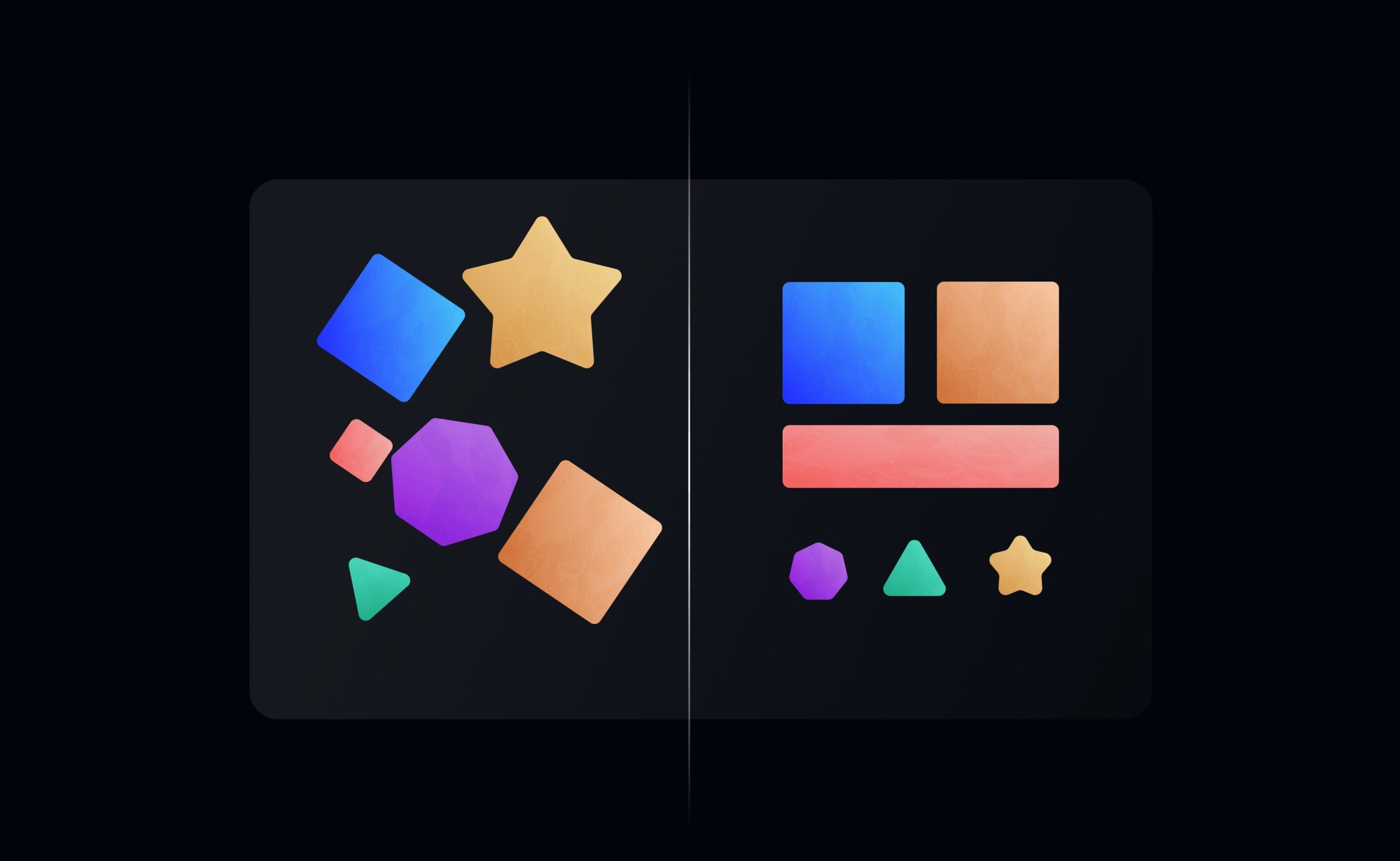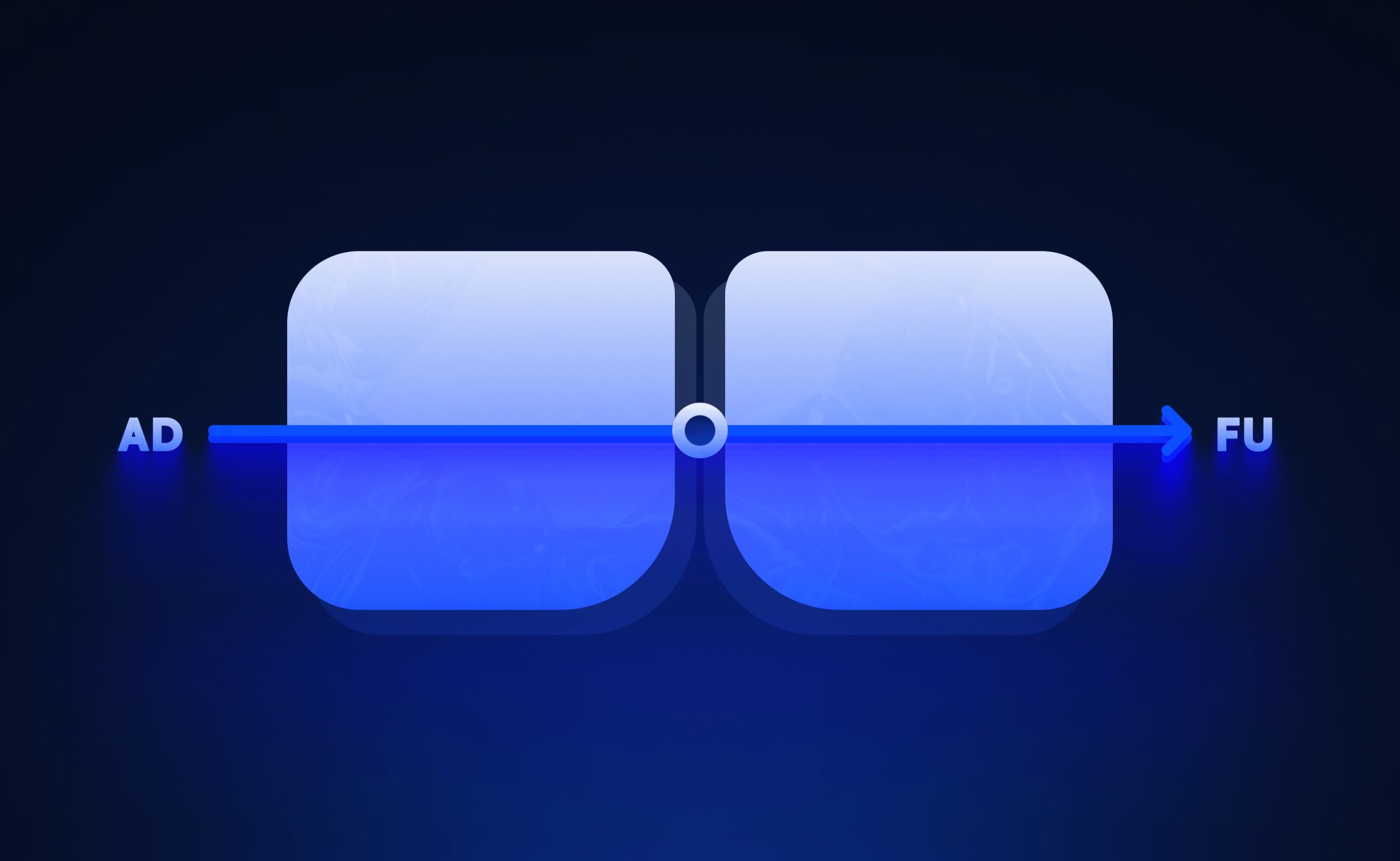Have you ever tried explaining a complex architecture to a room where half the audience checks their phones and the other half looks confused? You’re not alone. Technical presentations often fail not because of complexity, but because of poor delivery.
Google’s engineering team found that using visual metaphors and real examples increased engagement by 30%. When Stripe’s engineers present their payment system, they don’t start with API endpoints. They begin with a simple coffee shop transaction that everyone understands. This approach helps both developers and business stakeholders grasp the concept.
Building Blocks of Great Technical Presentations
Start with the problem, not the solution. Amazon’s AWS team always begins with customer pain points before introducing new features. This immediately connects with the audience.
Use analogies wisely. Netflix compares its microservices to a restaurant kitchen-each station handles specific tasks independently. One or two strong comparisons work better than a flood of weak ones.
Show real code or system diagrams, but make them count. GitHub’s presentations include live demos under five minutes. Their research showed attention drops significantly beyond that.
Making Complex Ideas Click
Break down complexity into small chunks. When Boston Dynamics explains robot movement, they split it into sensing, processing, and action-each getting a clear explanation before showing how they work together.
Use progressive disclosure. Don’t dump all technical details at once. Facebook’s developer team starts with high-level architecture and then dives deeper based on audience reactions.
Stories beat specifications. Instead of listing testing framework features, share how it prevented a critical production issue. GitLab found this storytelling approach boosted engagement by 40%.
Practical Tips That Work
- Keep slides clean-no more than seven elements per slide. Apple’s presentation style proves this works.
- Practice with someone from your target audience. Twitter’s engineers do this before major presentations.
- Record yourself. Watching the playback reveals habits like speaking too fast or overusing jargon.
- Tailor your focus. A CEO wants business impact; developers need technical depth. Adjust accordingly.
The Results That Matter
Great technical presentations lead to better project approvals, clearer team communication, and stronger client relationships. They don’t just transfer information-they create understanding.
Done right, you’ll see heads nodding instead of phones glowing. Questions will show curiosity, not confusion. And most importantly, your ideas will stick long after the presentation ends.











